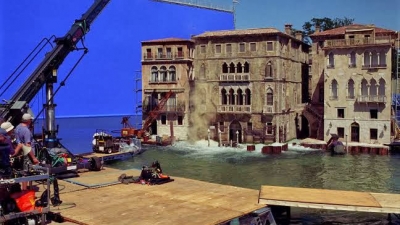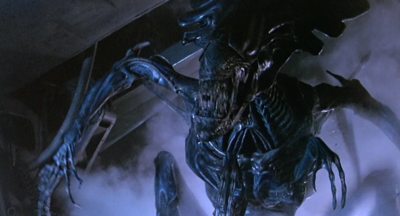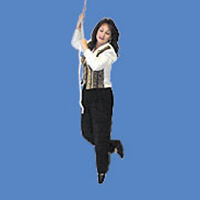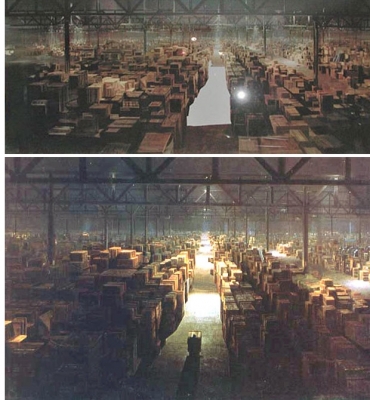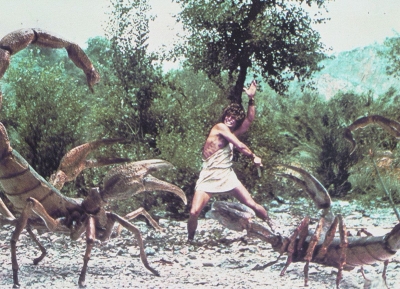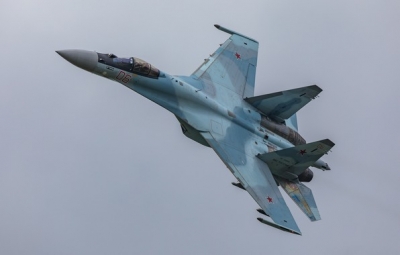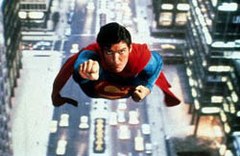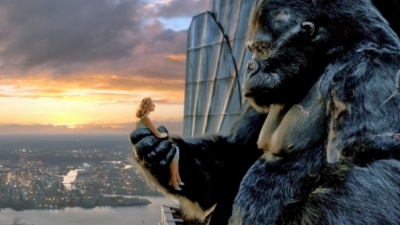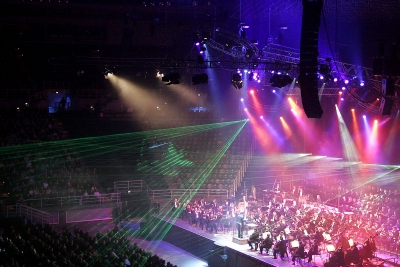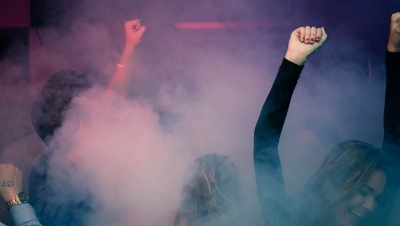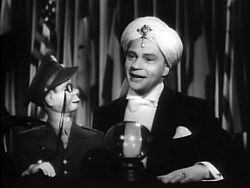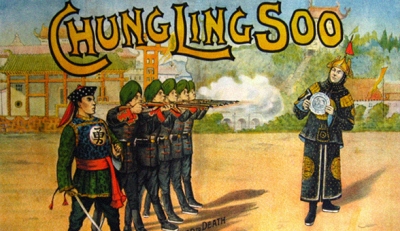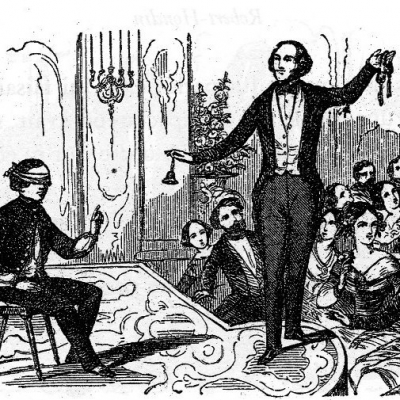
Blindfolded and with his hands pressed to his forehead, the mind-reader prepares to give a demonstration of his power of ‘second sight’. His smiling girl assistant interviews a subject in the audience – for instance, a prosperous looking woman – and the magician proceeds to reveal all sorts of personal things about her.
In respinse to his assistant’s clearly voiced questions, he states that the subject’s first name is ‘Betty’. She is married and her nationality is America. The article which his assistant is holding up – and which, of course, he cannot see – is the woman’s diamond wristwatch, a Rolex, and on the back of it are engraved the words: ‘From Robert, with all my love.’
Two part code
The secret of the mind reader’s act is a two part code, transmitted in the seemingly innocent questions put to him by his assistant. One part of the code transposes the letters of the alphabet, then uses them to spell out words. In the case of the woman called Betty B is I; E is C; T is P; and Y is N. The term ‘Hurry up’, means ‘repeat the last letter’. So to transmit the name ‘Betty’ to the mind reader, the assistant starts each of her questions to him with the appropriate initial letter.
‘I have a name here,’ she calls out. ‘Can you tell what it is?’ ‘Please try.’ ‘Hurry up!’ ‘Now have you got it?’ In other words, the name is B-e-t-t-y.
The second part of the code consist of tables which cover everything from the contents of people’s pockets to their favourite foods. The number of tables is limited only by the memories of the magician and his assistant. Each table contains about a dozen alternatives, and magician is told which table is coming up by the assistant's opening question. Betty’s marital status, nationality and the description of her wristwatch are conveyed by means of the tables.
Personal possessions
For instance, when the assistant asks ‘What kind of article is this?’, the mind reader knows that by using this particular sentence she is referring to the table covering expensive personal possessions.
Her next question, ‘Can you say what I’m holding?’ begins with the third letter of the alphabet – and the third article in the table is a lady’s watch. The fact that it is a diamond Rolex is similarly conveyed by means of one or more of the table for the message and another for the name.
If, however, her husband’s first name us an unusual one – and is not in the relevant table – the assistant simply ignores it.
Mind-reading by code was devised in the mid 19th century by the French magician Robert-Houdin, whose skills inspired the American illusionist Houdini.
Picture Credit : Google
